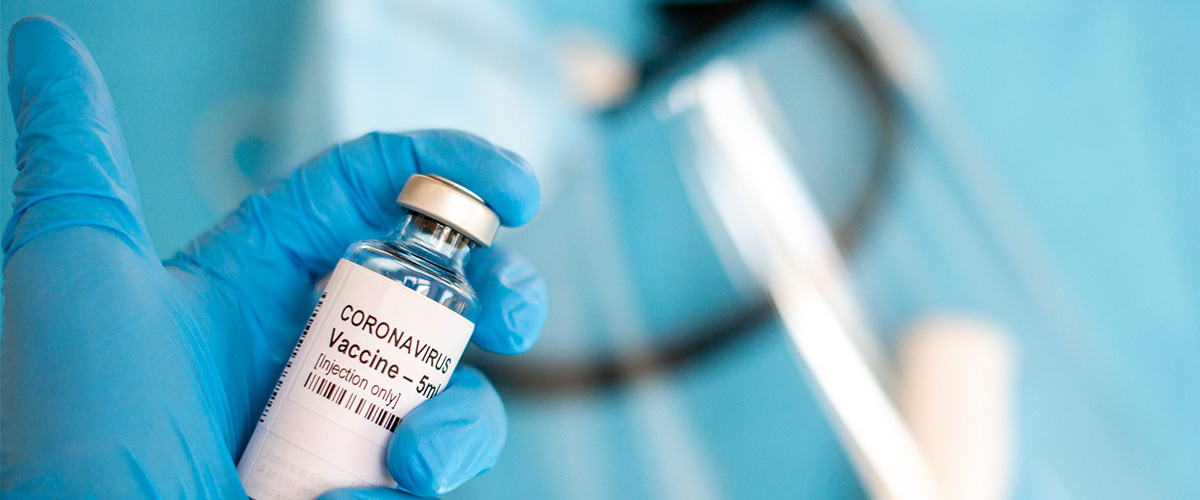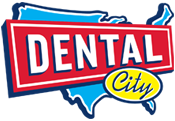

There is no doubt that COVID-19 testing is essential for both patients and dental team members. Recent polling shows that about two-thirds of dentists think it is extremely or very important to have rapid, point-of-care testing for all dental team members. The numbers are slightly lower when it comes to the importance of testing patients in the office, with 34% of respondents saying it is extremely important and 21% saying it is very important.
Another significant trend occurring is that dentists who are affiliated with a DSO, practice in large groups, or are older believe more in the importance of rapid COVID-19 testing available in their offices. Dentists in public health settings are also more likely to consider available testing more critical compared to those in private practice. This topic is something that dental professionals continue to consider as the ongoing effect of the pandemic on the dental industry remains unclear.
Rapid, point-of-care testing can play a huge role in the safety of all dental team members and patients. With the implementation of effective testing, there is also the idea that cases will be lessened as the spread is reduced. This also ties into the question of COVID-19 vaccines and how they could affect dental offices across the nation.

The hope is that testing will become a worry of the past with the development of a vaccine. When it comes to evaluating the details of how the said vaccine would be administered, some dental practices are considering providing this for patients. About 44% of dentists would be willing to do so while about 25% say they would not. Another notable trend is that dentists in large group practices were more willing than any other size or affiliation. 67% of dentists in public health settings also responded positively towards giving patients vaccines whereas only 44% of dentists in private practice would.
It should come as no surprise that the public considers doctors as the main provider of COVID-19 vaccines. Polling shows that doctors, pharmacies, workplaces, and grocery stores all rank above dental offices. Only 13% of people could imagine receiving a vaccine from their dentist so therefore it is not ranked high as a possible location. Some options that fell below dentists include schools, hotels, and airlines. It is unclear whether or not the public will begin to consider dental care as more of a potential administration site for a vaccine. Nonetheless, this is an issue for the near future upon the introduction of an effective vaccine.

Many dentists are turning towards various method of financial support due to the pandemic, with about 93% applying for some form of relief. The most prevalent relief among offices seems to be the Paycheck Protection Program (PPP) at 90.1% of dentists applying. Following close behind is the HHS Provider Relief Fund (61.2%) and the Economic Injury Disaster Loan (58.8%). Financial relief is a very important outcome of this pandemic and is essential to helping dentists keep their offices afloat.
Due to the importance of these programs, it is positive to see that the approval process is moving swiftly for many offices. The majority of applications have been approved as of the week of September 7th. The PPP is the most widely approved at 98.5% with the Economic Injury Disaster Loan being the next highest approved at 86.8%. Dentists who are still waiting to hear back are seeing this with more recent programs such as the Provider Relief Fund and private insurer programs.
COVID-19 testing, vaccines, and financial relief programs all contribute to the greater success of dental offices. When used together, the safety of dental team members and patients can be better established. These positive trends also go hand-in-hand with the return to a new normal in the dental industry. All dental offices should continue to take advantage of these opportunities in order to maintain stabilization.

